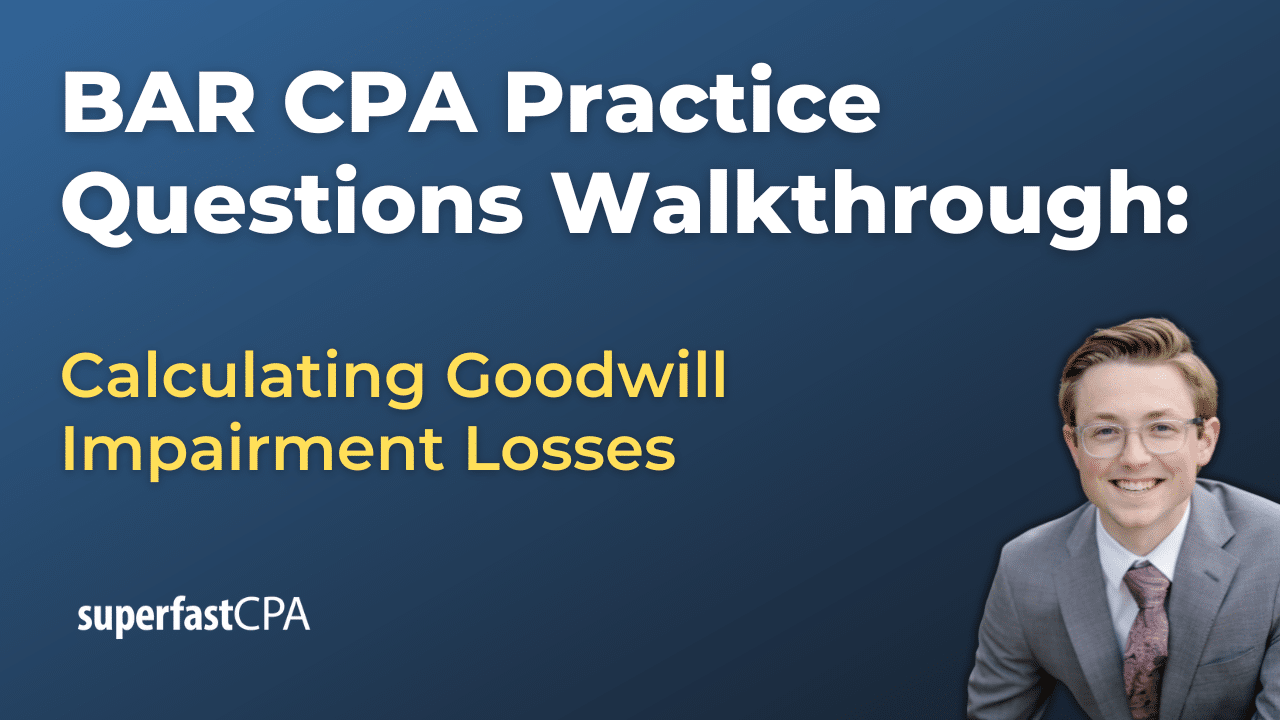Skimming
Skimming in accounting refers to a fraudulent practice where an employee or individual takes cash or revenue before it is recorded in the company’s financial records. This type of fraud is particularly challenging to detect because the stolen funds are never entered into the accounting system, making it appear as though the transaction never occurred. Here are the key points about skimming:
Key Characteristics of Skimming:
- Off-the-Books Theft: Skimming involves stealing money before it is officially recorded in the company’s books, often from sales transactions or accounts receivable.
- Cash-Based Transactions : It typically occurs in businesses that handle a lot of cash, such as retail stores, restaurants, and service providers.
- Difficulty in Detection : Because the transaction is never recorded, traditional accounting audits and reconciliations might not detect the missing funds.
Common Skimming Methods:
- Sales Skimming:
- Underreporting Sales: An employee might ring up a sale for a lower amount or not record the sale at all, pocketing the difference.
- No Receipt Transactions: Cash sales might be completed without issuing a receipt, allowing the employee to take the cash without detection.
- Receivables Skimming:
- Lapping: An employee steals a payment from a customer, then uses a subsequent payment from another customer to cover the theft, and continues this cycle to avoid detection.
- Delaying Recordings: Payments received from customers are not recorded immediately, allowing the employee to steal the cash and later manipulate records to cover the shortage.
Prevention and Detection of Skimming:
- Segregation of Duties: Ensure that the responsibilities for handling cash and recording transactions are separated among different employees to reduce the risk of fraud.
- Internal Controls:
- Regular Reconciliations: Conduct frequent and surprise reconciliations of cash receipts and recorded sales.
- Inventory Controls: Implement controls to track inventory levels and compare them with recorded sales to identify discrepancies.
- Monitoring and Surveillance:
- Install Security Cameras: Use surveillance cameras in cash handling areas to deter and detect skimming activities.
- Employee Monitoring: Monitor employee behavior and lifestyle changes that might indicate fraudulent activities.
- Whistleblower Programs: Establish an anonymous reporting system for employees to report suspicious activities or concerns without fear of retaliation.
- Audits and Reviews:
- Conduct Regular Audits: Perform periodic internal and external audits to review financial records and identify any irregularities.
- Review Transaction Patterns: Analyze transaction patterns for inconsistencies or unusual trends that might indicate skimming.
By implementing stricter internal controls, such as requiring receipts for all sales and conducting regular cash reconciliations, the store can prevent future occurrences of skimming.
Understanding skimming and its methods is crucial for organizations to protect their revenue and maintain accurate financial records.
Example of Skimming
Imagine a small family-owned coffee shop called “Brew Haven” that handles a lot of cash transactions. The owner, Alice, notices that despite a high number of customers, the daily cash deposits into the bank seem lower than expected. She suspects that skimming might be occurring and decides to investigate further.
An employee named Tom works the cash register at Brew Haven. Tom has been skimming cash from sales by not recording certain transactions. Here’s how Tom executes the skimming scheme:
- Unrecorded Sales:
- Underreporting Sales:
- In some cases, Tom enters a lower amount in the register than what was actually paid. For instance, if a customer buys a $10 meal and pays in cash, Tom might enter only $5 in the register and keep the other $5 for himself.
Alice becomes suspicious due to the consistent shortfall in cash deposits. She decides to perform a surprise audit and takes the following steps:
- Review of Cash Register Records:
- Alice reviews the cash register tapes and compares them with the inventory levels. She notices discrepancies between the number of items sold and the recorded sales.
- Surveillance:
- Alice installs a security camera focused on the cash register area. After a few days, she reviews the footage and sees instances where Tom does not ring up sales but accepts cash payments.
- Customer Feedback:
- Test Purchases:
With concrete evidence, Alice confronts Tom about the skimming. Tom eventually admits to the fraudulent activities. Alice terminates Tom’s employment and takes the following preventive measures to avoid future incidents:
- Implementing Strict Cash Handling Procedures:
- Alice mandates that all sales must be entered into the cash register, and customers must receive receipts for every transaction.
- Segregation of Duties:
- She ensures that different employees handle cash and record transactions to prevent one person from controlling the entire process.
- Regular Audits:
- Alice establishes regular internal audits and surprise cash counts to detect any discrepancies early.
- Surveillance:
- The security camera remains in place to monitor cash handling activities continuously.
- Employee Training:
- Alice provides training to all employees on the importance of accurate record-keeping and the consequences of fraud.
In this example, Tom used skimming techniques to steal cash from unrecorded and underreported sales at Brew Haven. Through a combination of audits, surveillance, customer feedback, and test purchases, Alice detected the skimming scheme and took steps to prevent future occurrences. This example highlights the importance of robust internal controls and vigilant monitoring to detect and deter skimming in accounting.












